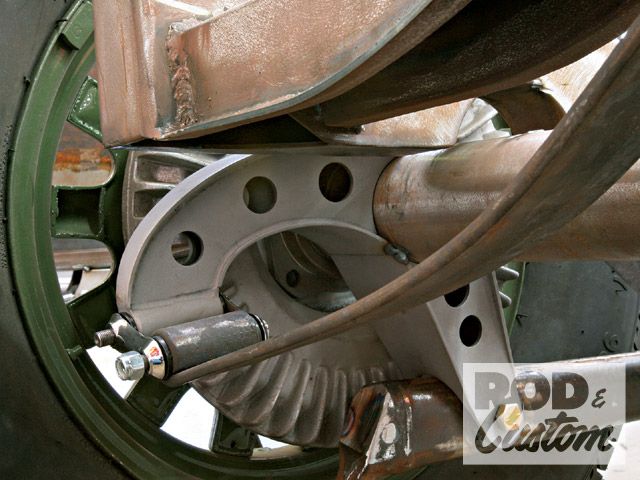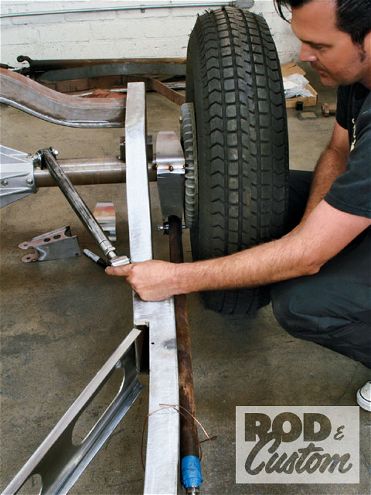
If there's one thing hot rodders have, it's a lot of options. Which options you choose depends a lot on your priorities. Are looks more important than comfort? Is performance more important than budget?

One big priority for a lot of hot rodders these days is traditional styling. Traditional is synonymous with "early." Unfortunately, "early" can be synonymous with outdated technology. And outdated technology can be synonymous with failure, especially if being able to drive your hot rod is also a priority.
This is especially true when you're talking about suspensions where, in addition to style, your choices will affect performance and, most importantly, safety. If it's only about traditional appearance, then wishbones are at the top of the list. Split 'bones were the prominent suspension choice during the first years of hot rodding, and still look great on early cars. When it comes to performance, however, look for those 'bones at the opposite end of the list.
The problem with split wishbones is that they have to take a lot of twist, especially when driving on uneven roads or making turns into driveways and similar conditions. If the limited articulation can't handle the stress, you end up with twisted, bent, and broken parts.
A four-bar system beats those 'bones every time. With a pair of lower bars to locate the axle front to rear, and a pair of upper bars to control axle rotation and hold the pinion angle stable, plus a Panhard bar controlling side-to-side (lateral) movement, this type of suspension has all the advantages except one. Which brings us back to style. For many traditional rodders, four-bars, like IFS, is a style about 20 years too late for a Fifties-influenced rod.
Some creative rodders have figured out how to have the best of both worlds by building a triangulated four-bar system using wishbones as the lower arms of the setup. On a triangulated four-bar, the upper bars are angled from the frame rearward and inward, closer to the center of the axle. The angle helps center the rearend, eliminating the need for a Panhard bar-which opens up room for the exhaust and other components.
Believe it or not, we were at Hollywood Hot Rods the very day Ryan Rivers and Troy Ladd were building a triangulated four-bar system for a '32 roadster, using wishbones for the upper and lower arms. The upper bars are mounted out of sight, inboard and high on the 'rails. The lower arms are mounted in plain view, where they have all the appearance of split wishbones. Looks old-timey. Works new-timey. It's win-win for hot rodders who like tradition and performance.